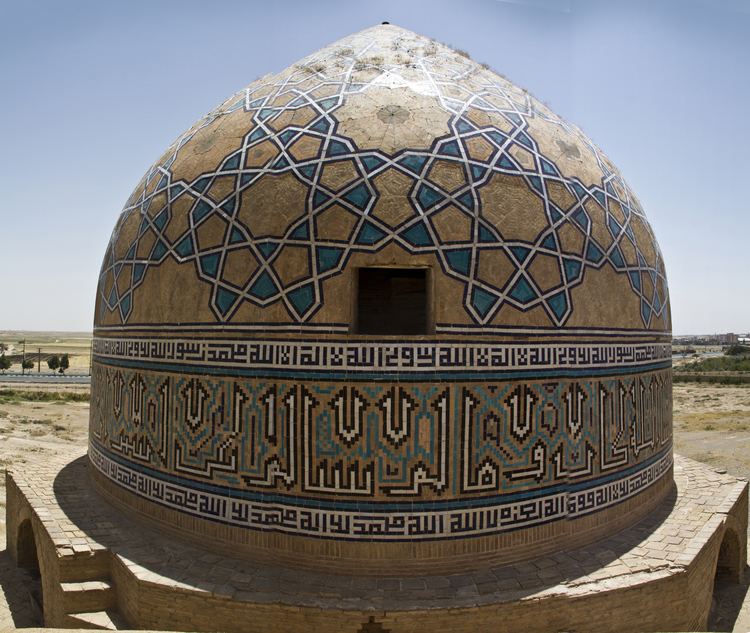Country Iran Bakhsh Central Time zone IRST (UTC+3:30) Local time Thursday 5:18 PM | County Saveh Elevation 1,008 m (3,307 ft) Population 200,481 (2011) Province Markazi Province | |
 | ||
Website www.savehcity.ir
www.saveh125.ir Weather 12°C, Wind NE at 8 km/h, 67% Humidity University Islamic Azad University, Science and Research Saveh | ||
Sāveh (Persian: ساوه, also transliterated as Sāva) is a city in the Markazi Province of Iran. It is located about 100 km southwest of Tehran. As of 2011, the city had a population of 259,030 people.
Contents
Map of Saveh, Markazi Province, Iran
History
In the 7th century BC it was a stronghold of the Medes. During the Parthian rule of Persia, it was called Saavakineh, and was one of the main hubs of the empire.
In the Middle Ages, it was a residence of the Dailamites and of the Seljuqs. It was severely damaged by the Mongol invasion in the 13th century; it was restored during the Ilkhanids. Saveh was again sacked by the Timurids, but later grew under the Safavids. It eventually lost much of its importance when Tehran became the official capital of Persia and, in the mid-19th century, many of the inhabitants moved to Tehran.
Climate
Saveh has a cold semi-arid climate (BSk) in Köppen-Geiger classification system. Its summers are very hot and dry, while its winters are mild and somewhat rainy.
Main sights
Outside the city are the fortresses of Esmaeilieh (35 km), Alvir and Ardemin (56 km, on the road to Hamadan), as well as the archaeological sites of Aveh and Alishar.
Economy
Saveh produces large amounts of wheat and cotton. It is also well known for its pomegranates and melons. Kaveh Industrial City, the largest industrial city in Iran, is located in Saveh.
Legends
According to Iranian tradition, the Magi who visited the infant Jesus traveled from Saveh, and are buried among its ruins. Marco Polo described the tombs of the Magi in his travel book, Il Milione:
In Persia is the city of Saba, from which the Three Magi set out... and in this city they are buried, in three very large and beautiful monuments, side by side. And above them there is a square building, beautifully kept. The bodies are still entire, with hair and beard remaining. (Book i).
Saveh is said to have possessed one of the greatest libraries in the Middle East, until its destruction by the Mongols during their first invasion of Iran.
Another legend about Saveh is the Lake of Saveh. It is a lake which is said to have been located near the city. According to the legend mentioned in historical Persian texts, this lake dried out on the night of the birth of Muhammad. A recent investigation in the Zarand area between Tehran and Saveh has revealed some evidence of the existence of this lake in Zarand Plain.
Politics
In 2004, Saveh became only the second city in the history of the Islamic Republic to appoint a woman as mayor.
